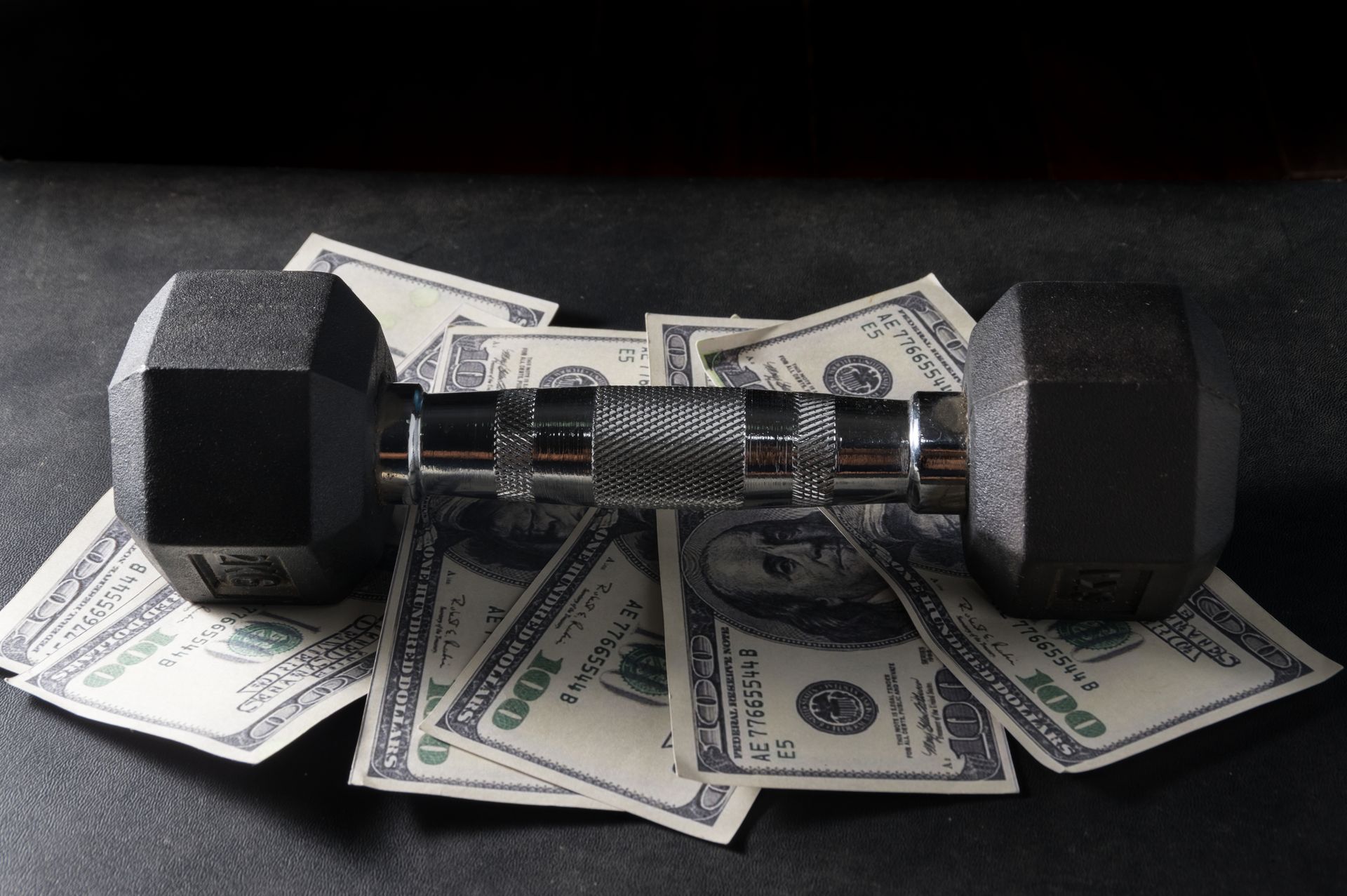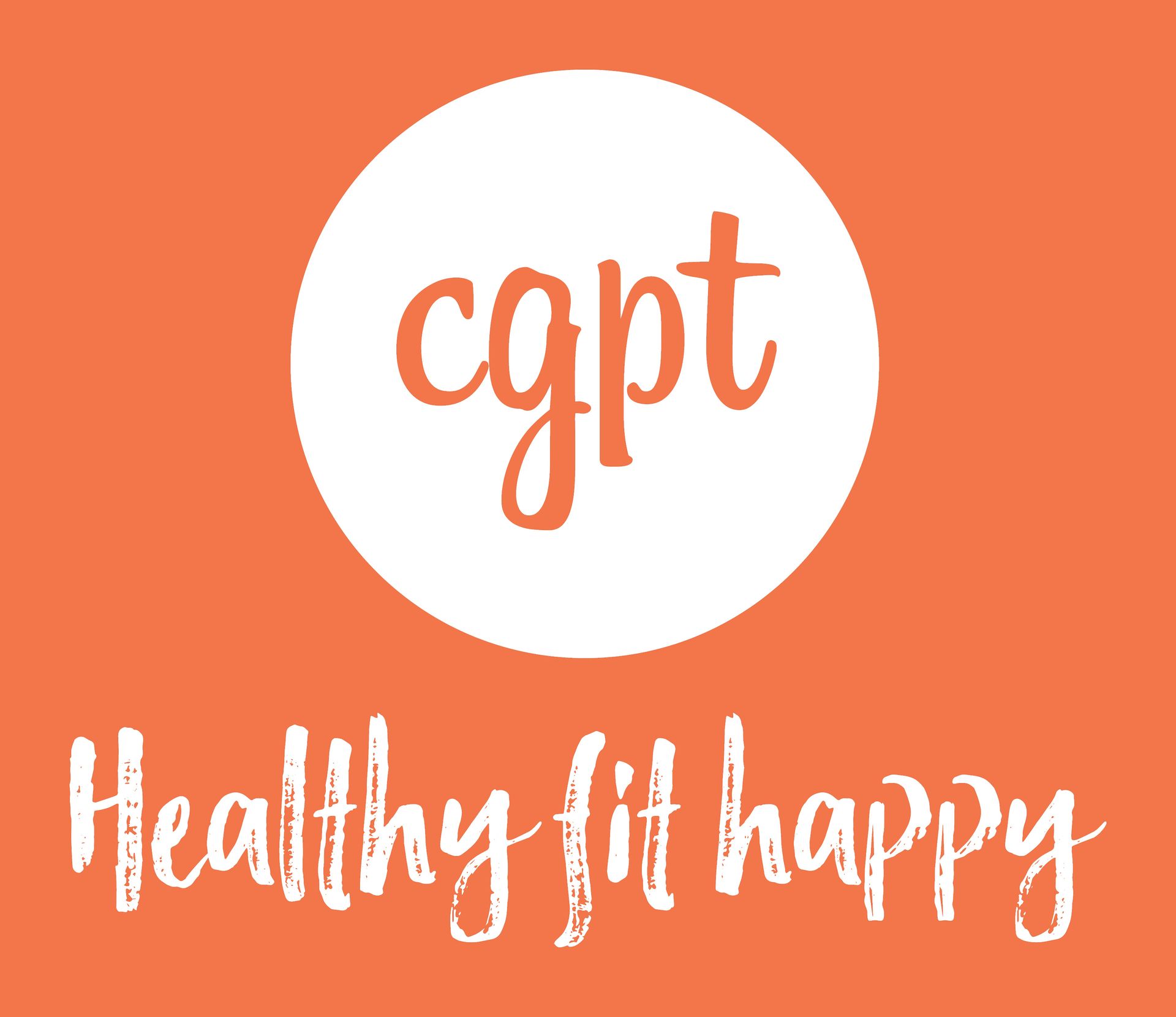Your 40s Are Not Too Late: Why Midlife Is the Best Time to Start Strength Training
Your 40s Are Not Too Late: Why Midlife Is the Best Time to Start Strength Training
You’ve probably heard the myth: “Once you hit your 40s, it’s too late to start strength training.” Here at Chris’ Gym in Hawthorn, we’re here to tell you it’s not just possible to start strength training in your 40s – it’s actually the perfect time.
In your 40s, your body is at a unique crossroads. You’ve built years of experience and resilience, but natural changes in muscle mass, metabolism and hormone levels mean your workouts need a fresh approach. That’s why strength training isn’t just about looking good – it’s about feeling strong, staying healthy, and setting yourself up for a more active future.
Why Muscle Matters More After 40
From around the age of 30, our bodies start losing muscle mass at a rate of 3–8% per decade – a process called sarcopenia (Mitchell et al., 2012). This loss accelerates after 40, and if left unchecked, it can impact everything from posture and bone health to metabolism and daily energy.
Strength training slows this decline and can even reverse it. Lifting weights stimulates muscle protein synthesis – the process your body uses to rebuild and strengthen muscle fibres. In fact, a study in the Journal of Aging and Physical Activity (Hunter et al., 2016) showed that older adults who started resistance training increased their muscle mass and functional strength significantly within just a few months.
Midlife Myths – Busted
One of the biggest barriers for people in their 40s is the feeling that “it’s too late to start.” But the science says otherwise. A 2020 meta-analysis in the British Journal of Sports Medicine found that adults aged 40–65 respond just as well to strength training as younger adults – especially when training is adapted to their needs (Keogh et al., 2020).
Here’s another myth we love to bust at CGPT: that strength training is only for bodybuilders or athletes. The truth? In your 40s, strength training is about preserving your independence, protecting your joints and keeping you feeling vital – not about maxing out your deadlift.
Why Your 40s Are the Perfect Time
If you’re in your 40s, you’re probably balancing work, family and personal commitments. But your health and energy are more important than ever – and strength training is your best tool to preserve them. Here’s why:
Bone Density: Strength training helps reduce the risk of osteoporosis by promoting stronger bones (Kohrt et al., 2004).
Hormonal Support: Lifting weights boosts testosterone and growth hormone levels, helping maintain lean muscle and metabolic health (Kraemer et al., 1999).
Metabolic Health: Muscle tissue burns more calories at rest than fat, making strength training a secret weapon for managing weight and blood sugar (Willis et al., 2012).
Mental Resilience: Resistance exercise has been shown to reduce stress, anxiety and symptoms of depression (Gordon et al., 2018).
How We Tailor Strength Training for 40–55-Year-Olds at CGPT
At Chris’ Gym, we know one-size-fits-all programs don’t work – especially for midlife clients. Our trainers, including Tim, Andrea, Laurence, James, Sophie, Jon, Mia and Adam, bring a diverse set of skills and experience to create a welcoming and supportive environment.
Here’s how we make sure you feel safe and supported:
Movement Screening: We start every client with a movement assessment to identify strengths, imbalances and any past injuries that need attention.
Progressive Programming: We build workouts that evolve as you do – starting with foundational strength and adding intensity only when you’re ready.
Joint-Friendly Exercises: We focus on exercises that build stability and protect your joints – like squats, rows, and hip hinges – while avoiding high-impact movements that aren’t necessary.
Lifestyle Integration: We recognise that your training has to work with your busy life – not against it. That’s why we create programs you can stick to, without feeling overwhelmed.
Success Stories to Inspire You
We’ve seen countless midlife clients transform their bodies and their confidence through strength training. Like the dad who thought he’d never see his abs again – until he hit his 40s and realised the power of weight training. Or the mum who wanted to keep up with her kids and found herself feeling stronger and more energised than she did in her 20s.
Owner and Head Trainer, Andrea, often says: “The biggest surprise for most of my clients is realising how capable they are. They come in thinking it’s too late – and end up feeling younger and more alive than ever.”
Getting Started
If you’re curious but a little intimidated, that’s normal! Starting strength training in your 40s doesn’t mean jumping straight into barbells.
At CGPT, we meet you exactly where you are.
Step 1: Book an initial consultation with one of our expert trainers.
Step 2: Let’s chat about your goals, your lifestyle, and what’s held you back before.
Step 3: We’ll create a tailored program that challenges you, without overwhelming you.
And remember, you’re never too old to start – or too young to take control of your health.
Your Strongest Years Are Still Ahead
Your 40s can be a time of incredible growth and vitality. With the right guidance and the power of strength training, you can build muscle, boost your metabolism, and feel more alive than ever.
Ready to get started? Let’s make your 40s the strongest, healthiest years yet.
Learn more about our tailored personal training programs on our website – or meet our trainers here: www.chrisgympt.com/our-trainers.
Want to chat? Email
andrea@chrisgympt.com – we’d love to help you feel your best.
References:
· Hunter, G. R., et al. (2016). Resistance training increases muscular strength and physical function in adults aged 40–65. Journal of Aging and Physical Activity, 24(2), 237–243.
· Keogh, J. W. L., et al. (2020). Age-related differences in response to resistance training: A meta-analysis. British Journal of Sports Medicine, 54(14), 849–857.
· Kohrt, W. M., et al. (2004). Maintenance of bone mass and reduction in fracture risk through resistance exercise. Journal of Bone and Mineral Research, 19(2), 294–300.
· Kraemer, W. J., et al. (1999). Hormonal responses to resistance exercise and training. Sports Medicine, 27(2), 73–87.
· Mitchell, W. K., et al. (2012). Sarcopenia and age-related muscle loss. Age and Ageing, 41(2), 230–238.
· Willis, L. H., et al. (2012). Strength training and metabolic health in adults. Obesity, 20(2), 364–370.
· Gordon, B. R., et al. (2018). Resistance exercise training for anxiety and depression. Journal of Psychiatric Research, 102, 239–245.




